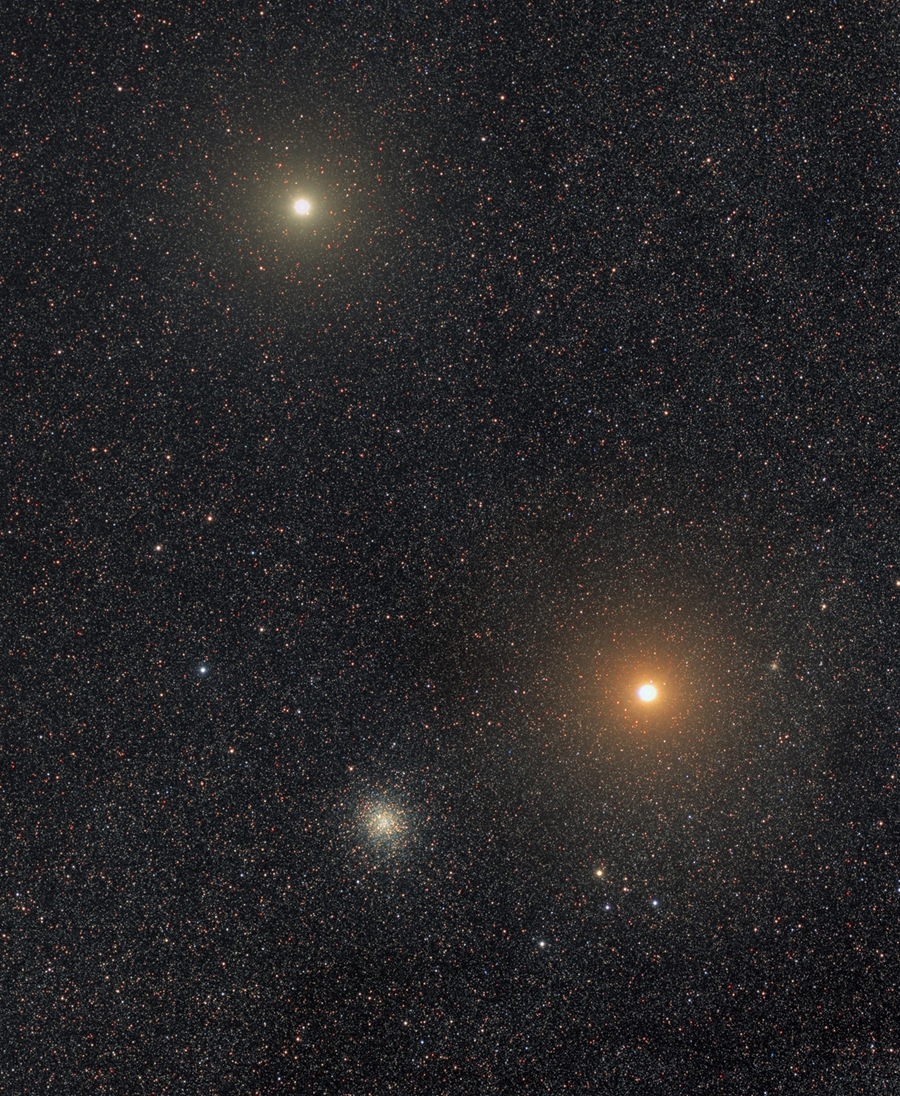
NASA’s TESS Mission Hopes to Find Exoplanets Beyond Our Solar System


Media are invited to see how engineers and scientists are helping make NASA’s deep space human exploration plans a reality at the agency’s Johnson Space Center in Houston on Thursday, April 26.
from NASA https://ift.tt/2qucLWG
via IFTTT![]()

On a mission to detect planets outside of our solar system, NASA’s Transiting Exoplanet Survey Satellite (TESS) is scheduled to launch no earlier than 6:32 p.m. EDT Monday, April 16. Prelaunch mission coverage will begin on NASA Television and the agency’s website Sunday, April 15, with three live briefings.
from NASA https://ift.tt/2v605Ld
via IFTTT![]()
Media accreditation now is open to cover the launch of NASA’s Gravity Recovery and Climate Experiment Follow-On (GRACE-FO) mission – twin satellites that constitute the agency’s latest Earth-observing mission.
from NASA https://ift.tt/2GNVIdn
via IFTTT![]()
Acting NASA Administrator Robert Lightfoot has named the Science Mission Directorate’s Planetary Science Division Director Jim Green as the agency’s new chief scientist, effective May 1. He succeeds Dr. Gale Allen, who has served in an acting capacity since 2016 and will retire after more than 30 years of government service.
from NASA https://ift.tt/2v6Um8i
via IFTTT![]()

